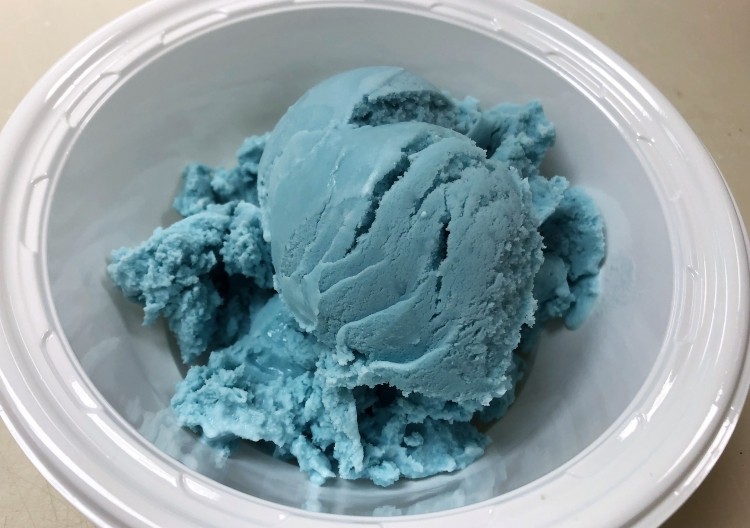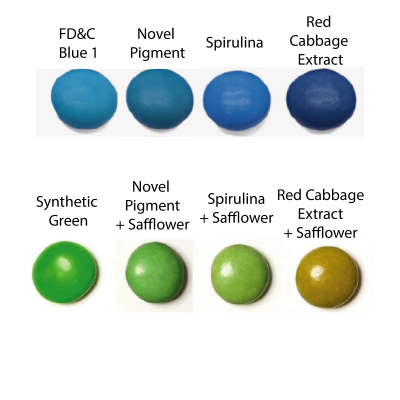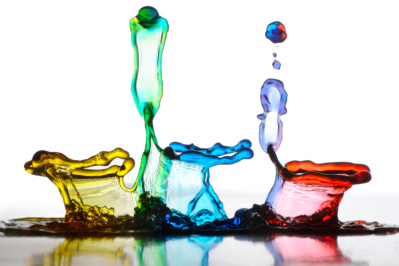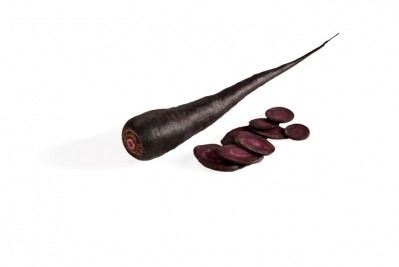Scientists hail long-awaited discovery of naturally derived cyan blue colourant

Scientists at the University of California, Davis say they have developed a naturally derived cyan blue colorant made from anthocyanin pigments – the pigments that give red, purple, and blue plants their rich colouring – in red cabbage.
According to the researchers, the new colour – made using an enzyme to convert a range of anthocyanins to one with the ideal wavelength – remains highly stable over time and may also produce better green colours than those derived from existing natural blue colorants and in larger amounts.
The discovery is the result of nearly two decades of research at the Mars Advanced Research Institute and Mars Wrigley Science and Technology, in collaboration with the UC Davis Innovation Institute for Food and Health; the Ohio State University; Nagoya University in Japan; the University of Avignon in France; and SISSA University in Italy.

The project's previous experiments revealed that red cabbage anthocyanins produce a vibrant blue colour in a pH-neutral solution. But this colour was deemed too violet to replace artificial blue dye. They then focussed on Peak 2 (P2), a minor mono-acylated anthocyanin that contributes less than 5% of red cabbage's total anthocyanin content, which produced the desired blue colour. What’s more, while many naturally sourced colorants, including anthocyanins, have limited stability over time, the researchers claim the colour “showed remarkable stability in sugar syrup over 55 days with only a 14% loss of colour”.
They add its performance as a colorant was also revealed in blue and green colors in several food and confectionery products. "The stability of this novel colorant in these product applications is excellent as well, with no notable color decay over a 30-day period when stored at ambient conditions," they wrote. Although more testing is needed to determine the compound's safety and research will be required to evaluate its stability and colour in a wide range of applications, the research paper added: “This discovery provides a solution to a long-standing food color need, potentially fulfilling the growing consumer demands for utilization of more natural ingredients in food while keeping a vibrant color palette."
'The process allows for demand for natural colour to be met'
The research project’s scientific lead, Biophysics PHD candidate Pamela Denish, told FoodNavigator the colour potentially solves a number of problems for food producers.
“Our colorant is the most similar to synthetic FD&C Blue 1,” she said. “It is a straightforward substitution for the synthetic colorants many producers have promised to remove from their ingredient lists.”
While other natural blues exist in the food industry, she said the latest is the most similar to synthetic FD&C Blue 1 and also blends with natural yellow for a vibrant green.
“Other natural blues create an unsightly brown-green when mixed with yellow [see candy coating image, right],” she told us. “Finally, our enzymatic process allows enrichment of the colorant to quantities that fulfil the market need. Alternatives, such as spirulina, simply aren't abundant enough to fill the demand, making them very expensive and unrealistic for use by large food producers with non- ‘niche’ products.
“We have demonstrated that our colorant works in candy coatings, ice cream, and icing. We are excited to see what other options are feasible, and are also looking at use in yogurts, baked goods, and doughs.”
Reference
Discovery of a natural cyan blue: A unique food-sourced anthocyanin could replace synthetic brilliant blue
Science Advances
DOI: 10.1126/sciadv.abe7871
























